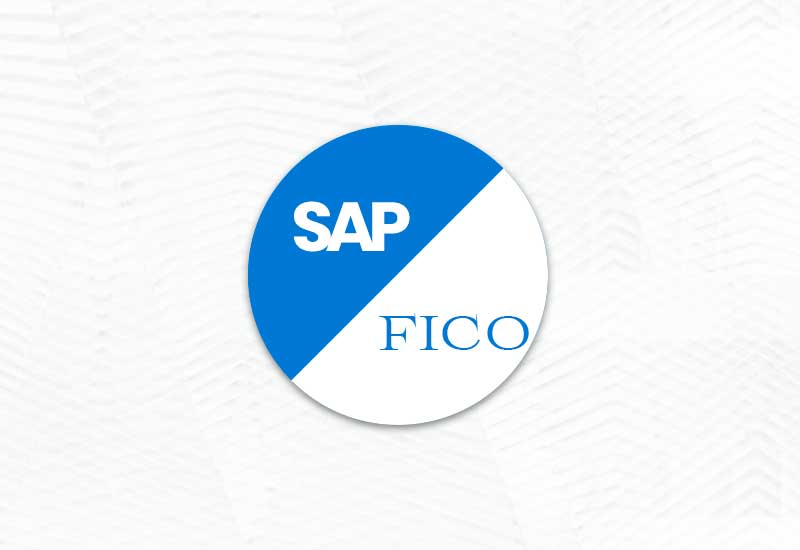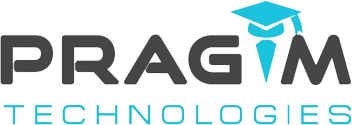SAP FI / CO

SAP FI / CO Course Contents
Trainer's Profile :
SAP FICO Training is delivered by a real time working software professional with over 10 Years of experience in Multi National Companies.
Training Approach :
- • The Trainer explains the concept from the basics.
- • After ensuring that every trainee has well understood the concept, the trainer will move on to explaining how to apply the same concept to a realtime project.
- • The trainer will then discuss all the possible interview questions related to the concept in general as well as relating to a real time project.
- • 1 Hour 30 Minutes on every working day and 2 Hours on weekends.
SAP Introduction (2 Days):
- 1. Introduction
- 2. SAP R/3 Architecture
- 3. ASAP Methodology
Basic Settings (3 Days):
- 1. Creation of company
- 2. Company code
- 3. Assign company code to company
- 4. Business area
- 5. Fiscal year variant
- 6. assign fiscal year variant to company code
- 7. Chart of accounts
- 8. Account groups
- 9. Retained earnings account
- 10. Posting period variant
- 11. Document type and no.ranges
- 12. Field status variant
- 13. Tolerance group
- 14. Global parameters
General Ledger (5 Days):
- 1. GL master record
- 2. New GL
- 3. Posting of document
- 4. Display balances of GL
- 5. Parking hold sample recurring accrual deferral documents
- 6. Foreign exchange
- 7. Reversal of documents
- 8. Interest calculation
- 9. Credit management
Accounts Payable (5 Days):
- 1. Vendor groups (MM and FI vendors)
- 2. No. Ranges for vendor accounts
- 3. Vendor master record
- 4. Tolerance group for vendors
- 5. House bank
- 6. Correspondence
- 7. Advance payments
- 8. Automatic payment program
- 9. Extended withholding tax
- 10. Terms of payments
- 11. Cash discount (received)
- 12. Purchase returns
Accounts Receivable (5 Days):
- 1. Customer group (SD and FI customers)
- 2. No. ranges for customers’ accounts
- 3. Customer master records
- 4. Advance receipts
- 5. Dunning
- 6. Cash discount (granted)
- 7. Input & output tax
- 8. Bills of exchange
- 9. Lockboxes
Asset Accounting (7 Days):
- 1. Chart of deprication
- 2. Account determination
- 3. Screen layout
- 4. Asset classes
- 5. Integration with FI
- 6. Deprication
- 7. Deprication keys
- 8. Asset master
- 9. Sub asset master
- 10. Asset report
- 11. Deprication run
- 12. Sale of asset
- 13. Transfer of asset
- 14. Scrapping of asset
- 15. Capital work in progress
Controlling (3 Days):
- 1. Controlling area
- 2. No. ranges for controlling documents
- 3. Versions
- 4. Cost element accounting
- 5. Cost center accounting
- 6. Repost line items
- 7. Repost of cost
- 8. Actual overhead assessment
- 9. Planning cost center and cost element
- 10. Budgeting
Internal Orders (3 Days):
- 1. ORDER TYPE INTERNAL ORDER
- 2. PLANNING INTERNAL ORDER WISE
- 3. VIEW INTERNAL ORDER WISE REPORT
- 4. SETTLEMENT PROFILE
- 5. Budget profile
Profit Centre Accounting (PCA) (5 Days):
- 1. Controlling settings
- 2. Dummy profit center
- 3. Actual data
- 4. Profit center
- 5. Assignment of revenue elements
- 6. Choose accounts
- 7. Creation of cost object
- 8. Planning profit and loss items
- 9. Planning balance sheet items.
- 10. Transfer of pricing
Profitability Analysis (CO-PA) (7 Days):
- 1. Operating concern
- 2. Profitability segments
- 3. Assignment of controlling area to operating concern
- 4. Activate profitability analysis
- 5. Mapping of conditions to COPA values
- 6. Drill down report
- 7. Report painter
Product Costing (10 Days):
- 1. Creation of secondary cost element
- 2. Activity type
- 3. Price calculation
- 4. Work center
- 5. Routing
- 6. Cost sheet
- 7. Cost estimate with quantity structure
- 8. Cost estimate without quantity structure
- 9. Work in progress
Integration (5 Days):
- 1. Procurement cycle
- 2. Integration with MM
- 3. Sales process
- 4. Integration with SD
- 5. Integration with asset accounting
- 6. Integration with controlling
- 7. Integration with PP
Reports (2 Days):
- 1. Financial statement version
- 2. GL reports accounts payable reports
- 3. Accounts receivable reports
- 4. Assets
- 5. Cash book reports
- 6. Copa reports
Real Time Scenarios (7 Days):
- 1. Resolving tickets
- 2. LSMW
- 3. Implementation overview
- 4. Support and maintenance process
General Views (7 Days)
Business Scenarios (Manufacturing):
- 1. MTO (Make to order)
- 2. MTS (Make to stock)
- 3. Repetitive manufacturing
Retailing (Industry add-on):
- 1. Consumer based (apparel and foot where)
- 2. Retailing stores
